Comprehensive Overview: Liar’s Dice Rules and Gameplay Essentials
- Liar’s Dice Overview: Gain a clear understanding of how to play, what equipment is needed, and how scoring works.
- Mastering Bluffing: Discover why bluffing and deceit are foundational and how strategic misdirection becomes part of every round.
- Bidding & Challenges: Learn how to raise bids, when to challenge opponents, and the outcomes of successful or failed challenges.
- Reading Opponents: Find out how to spot nonverbal cues and predict moves based on observed behaviors.
Liar’s Dice is a classic game that dates back to the 15th century, celebrated for its unique combination of probability, strategy, and deception. Though it's not a traditional casino game, it soared in popularity after its appearance as "Pirate Dice" in the blockbuster "Pirates of the Caribbean." Whether you’re looking for a casual group game or a competitive challenge, Liar’s Dice has something to offer players of all skill levels.
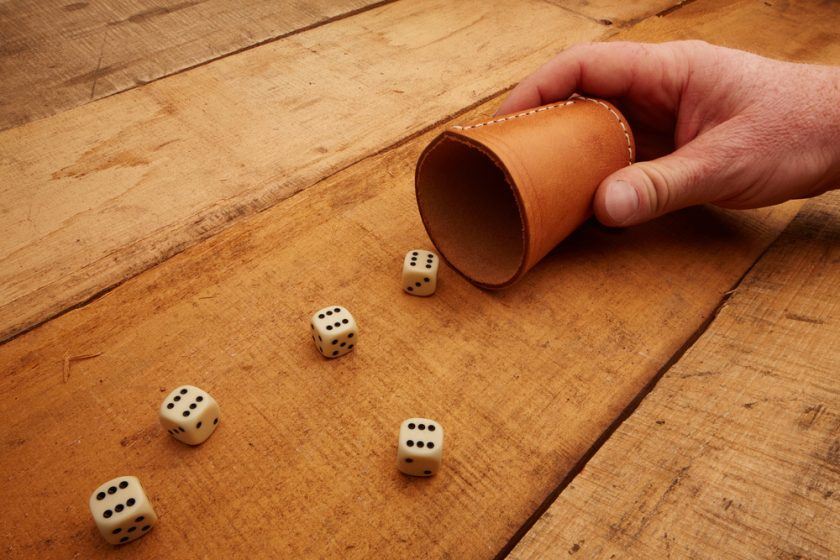
Understanding Liar’s Dice: Origins and Core Concept
Liar’s Dice, also referred to as Pirate Dice, Perudo, or Dudo, is a social game involving multiple dice where players attempt to outwit one another through calculated bids and deceptive bluffs. The real intrigue of the game comes from balancing truth and lies to trap your opponents.
The Name Explained: Why "Liar’s Dice"?
The heart of Liar’s Dice centers on bluffing-players routinely make bids about their hidden dice and sometimes must lie to stay in the game. This requirement for misdirection is why the game’s name so accurately captures its essence, akin to poker-but with dice instead of cards.
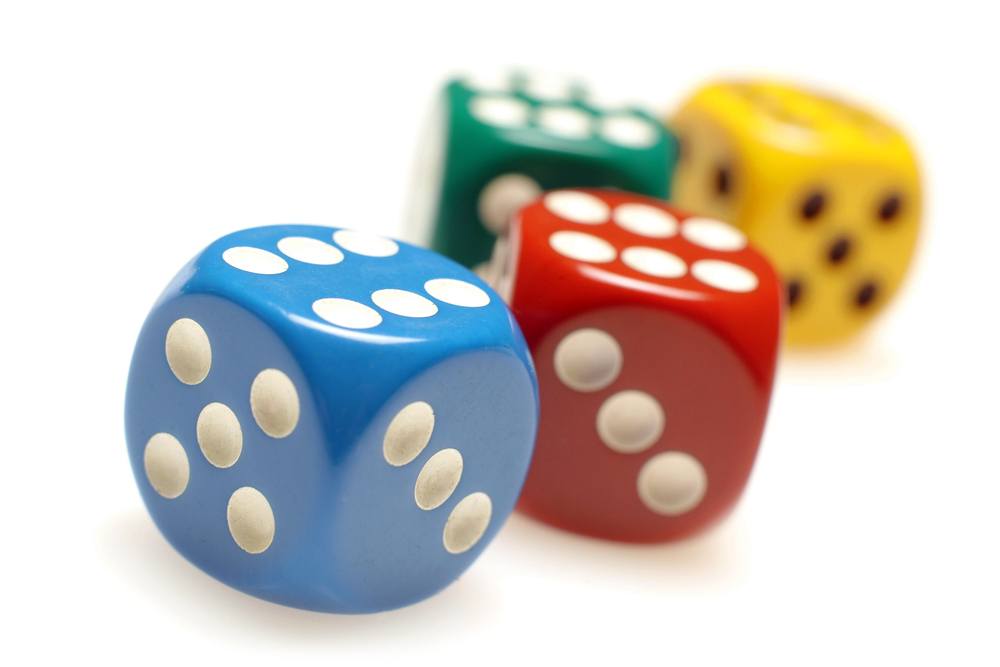
The Dice and Equipment: What You’ll Need
A standard Liar’s Dice setup includes the following:
- Five six-sided dice for each player
- A cup for each player to conceal dice
- A flat table or playing area
- Minimum of two players, though 4-6 is ideal
In a typical game, each person starts with five dice, totaling 20 dice in a four-player match. Commercial sets often come with 30 dice and enough cups for six participants.
How to Play Liar’s Dice: Rules and Turn Structure
To kick off play, all participants shake and roll their dice beneath their cups, keeping results hidden from others. Players then examine their own dice and, in turn, declare a bid estimating how many dice of a chosen value exist among all players’ dice.
For instance:
- Player 1 might say, “Three 4’s.”
- The next player can either raise the bid-by increasing the number (e.g., “Four 4’s”) or moving to a higher die value (e.g., “Three 5’s”)-or challenge the bid if they suspect it’s untrue.
A special twist comes from “1s”-also called Aces-which often act as wilds and can stand in for any number when counting up matching dice. This adds a crucial layer of calculation to every bid.
Advancing the Game: Bidding Rules and Progression
A legal bid must always be higher than the previous one. There are three ways to escalate:
- Increase the total number of dice declared
- Bid the same number of dice but for a higher value
- Raise both the quantity and the dice value
This escalating mechanism continues until someone calls out a bluff.
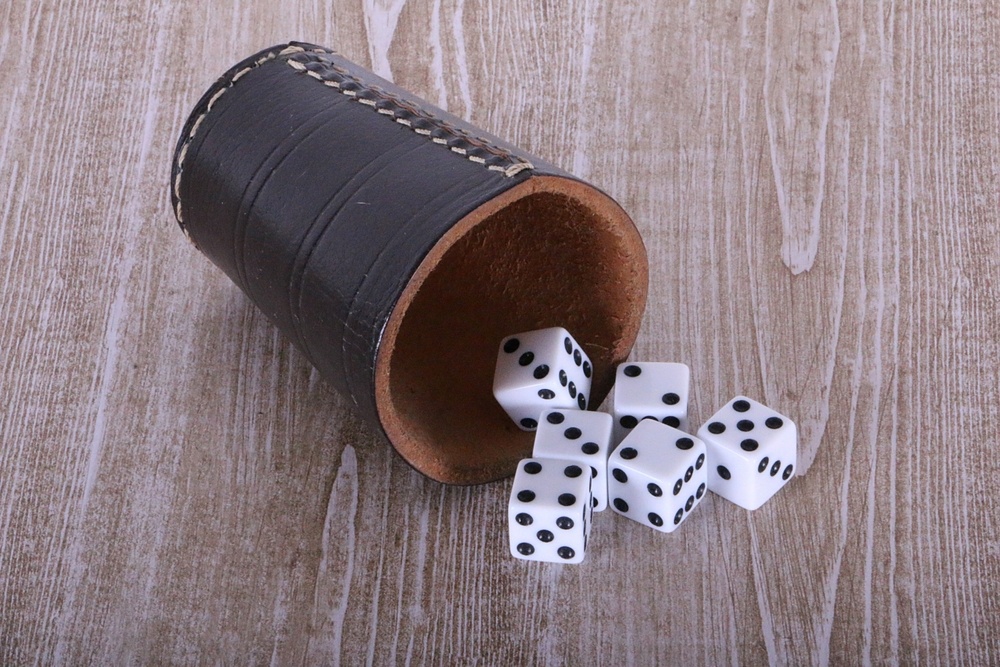
Bluffing, Challenging, and Calling Out Lies
A challenge, typically initiated with “Liar!”, occurs when a player doubts the current bid. At this point, everyone reveals their dice. If the total matching dice-including wilds-are equal to or more than the bid, the challenger loses a die. If the number is less, the bidder surrenders a die. After this, a new round starts.
Example in Action: How a Bluff is Called
Imagine Player Three bids “Seven 5’s” in a group of four. If Player Four doubts this is possible and calls “Liar!”, all cups are lifted. If seven or more 5’s (including 1’s as wilds) appear, Player Four loses a die-otherwise, Player Three loses one.
Probability and Calculation: The Role of Math
The math behind Liar’s Dice often determines success. For example, in a four-player game with 20 dice:
- Probability of any specific number: 1/6 per die
- Probability with wilds: 2/6 (1/3) per die
- Expected number for a given value (including wilds): With 20 dice, expect about six or seven to be the bid value or wild
Understanding basic probability is an advantage, letting savvy players more accurately read whether a bid is plausible.
Essential Tactics for Winning at Liar’s Dice
Success at Liar’s Dice comes down to a combination of math, psychology, and timing. Top strategic tips include:
- Open Conservatively: Start with manageable, evidence-based bids, keeping options open.
- Observe and Adapt: Take mental notes on opponents’ bidding habits and bluffing patterns.
- Control the Narrative: Occasionally surprise opponents with truthful bids or daring bluffs to mask intentions.
- Crunch the Numbers: Continually update probability calculations based on remaining dice.
- Time Your Calls: Wait for convincing evidence before calling a bluff, and be bolder when you’re at a disadvantage.
Major Liar’s Dice Variations: Exploring Different Styles
Liar’s Dice comes in multiple recognized forms:
“Common Hand” Variation
- All dice are pooled into a single common set for the group
- Probability calculations become easier since all dice are visible at the end of each round
“No Wilds” Variation
- Ones (Aces) are not wild, making for more straightforward probabilities and strategies
“Caribbean” or Pirate Variant
- Inspired by the film, this version may involve betting real stakes or following custom rules from the “Pirates of the Caribbean” movie
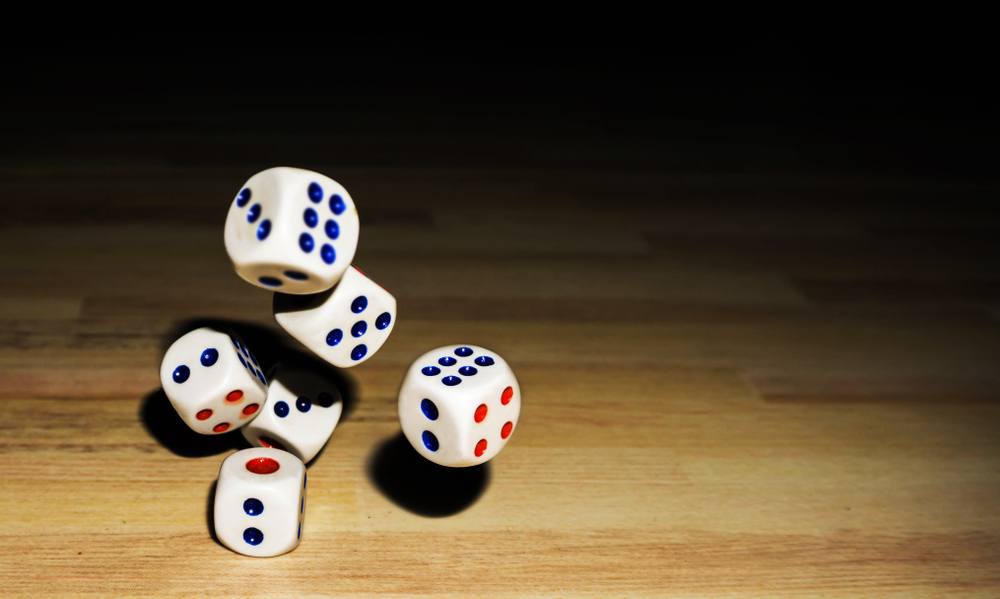
Is Liar’s Dice a Casino Game?
Unlike games such as craps, Liar’s Dice isn’t a casino staple. Since the game is strictly player-versus-player and lacks a house edge, casinos rarely offer regular play. Nonetheless, some establishments do organize tournaments around this popular game, especially in regions where it boasts a large following.
Where Most People Go Wrong: Mistakes and How to Avoid Them
For new players, some common pitfalls include:
- Overly Conservative Play: Playing too safely makes your strategies transparent and cedes control to bolder opponents.
- Premature Bluff Calls: Calling bluffs with limited information reduces your chances to pick up valuable patterns.
- Ignoring Game Dynamics: Not factoring in the shrinking number of dice as players are eliminated distorts your calculations.
- Poor Bluffing Tactics: Bluffing at inappropriate times or revealing obvious “tells” undermines your chances.
Special Rules and Optional Game Features
Liar’s Dice can be customized with these additional rules:
Determining Play Order
- Play typically moves clockwise but can be set by highest opening roll or tournament rules.
“Spot-On” Challenges
- A player can declare the current bid is exact. If correct, they regain a lost die; if wrong, they lose two dice-an extremely risky but rewarding option.
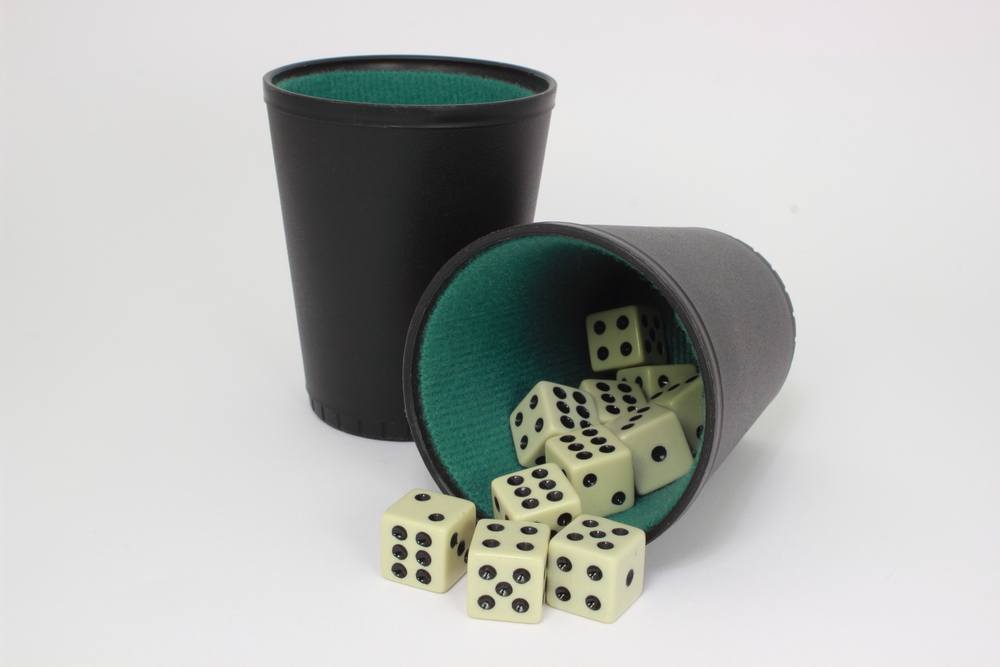
The Educational Benefits of Playing Liar’s Dice
Liar’s Dice sharpens a wide array of cognitive and social skills:
- Mathematics: Calculating probabilities, practicing mental math, and statistical reasoning
- People Skills: Reading opponents, learning to bluff, and managing emotional responses
- Strategic Planning: Weighing risks, planning ahead, and making tough decisions under time pressure
Liar’s Dice in Pop Culture: The “Pirates of the Caribbean” Effect
A key driver in the modern resurgence of Liar’s Dice is its memorable role in “Pirates of the Caribbean: Dead Man’s Chest,” especially the intense game between Will Turner and Davy Jones. The movie elevates the drama, raising the stakes, but the core mechanics closely follow traditional gameplay.
Liar’s Dice Tournaments: Structure and Winning Tips
Though not as widespread as poker competitions, Liar’s Dice tournaments do exist and bring extra excitement with:
- Set Turn Duration: Time-limited player moves (usually 2-3 minutes per turn)
- Scoring Systems: Points for advancing, accurate calls, or correct bids
- Unique Formats: Such as single elimination, round robins, or point-based progression
To succeed in tournaments:
- Stay alert and consistent across long sessions
- Pace yourself, take breaks, and manage your energy
- Adjust your strategy to fit various opponents and table styles
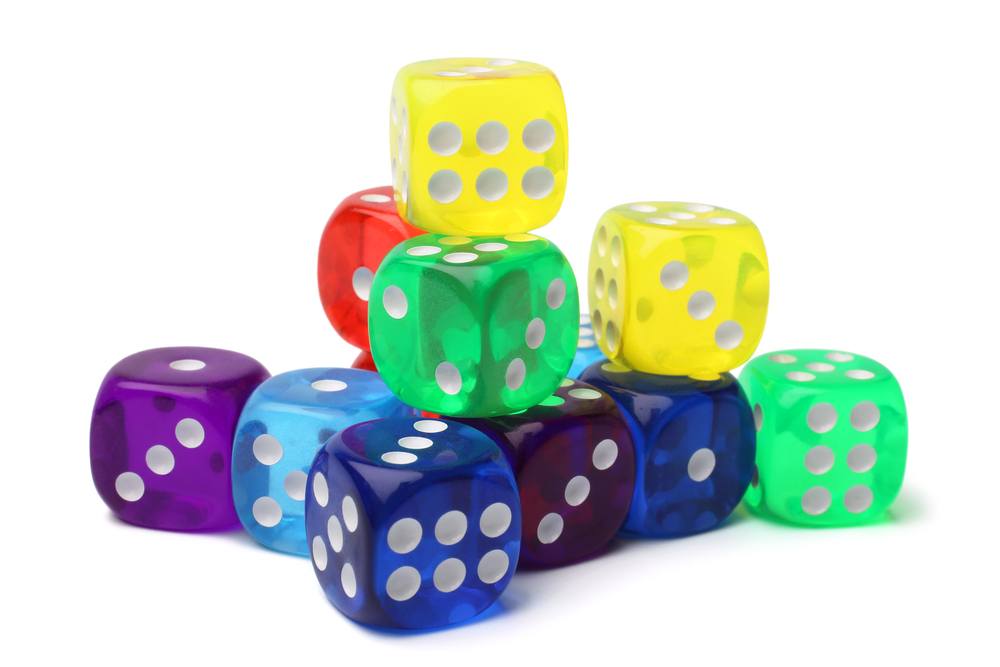
The Evolving World of Liar’s Dice
The game continues to thrive through new formats, thanks to:
- User-friendly online platforms and multiplayer apps
- Virtual reality versions expanding the experience
Even as technology transforms gameplay, the central elements of deduction and bluffing remain unchanged, keeping the game fresh yet familiar.
Quick Success Guide: Sharpening Your Liar’s Dice Skills
Remember these essentials for ongoing improvement:
- Carefully observe other players and track patterns
- Avoid becoming predictable-mix up your bids and timing
- Base your actions on solid math and probability
- Manage your reactions and disguise any “tells”
Enduring Appeal: Why Liar’s Dice Remains a Player Favorite
Liar’s Dice stands the test of time because it merges simple play with deep strategy, strong social elements, and psychological intrigue. It’s accessible for newcomers, yet provides endless challenge for experienced players. Every round is an opportunity to refine your tactics-sometimes, the most convincing lie is the truth.
Embrace each game as a chance to learn, adapt, and have fun. With these insights and strategies, you’re well equipped to enjoy Liar’s Dice, whether at a friendly gathering or a high-stakes tournament.
The world of Liar’s Dice welcomes new faces, and every roll could be your next big move on the path to mastery. Good luck-and remember, in Liar’s Dice, a sharp mind topped with a little bravado goes a long way!














